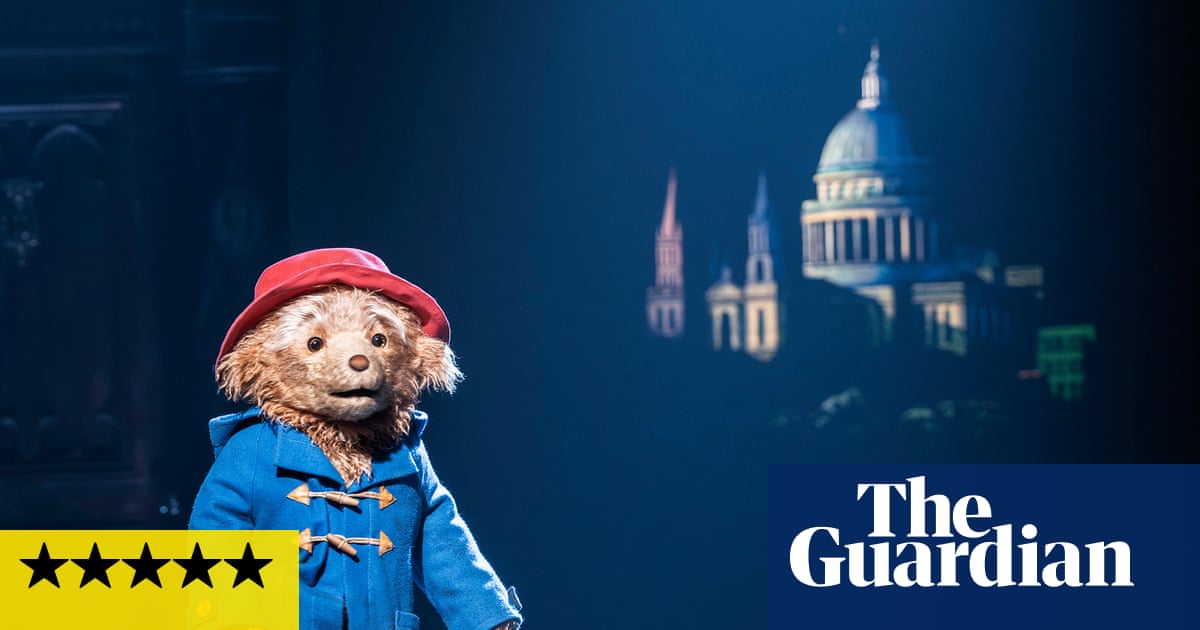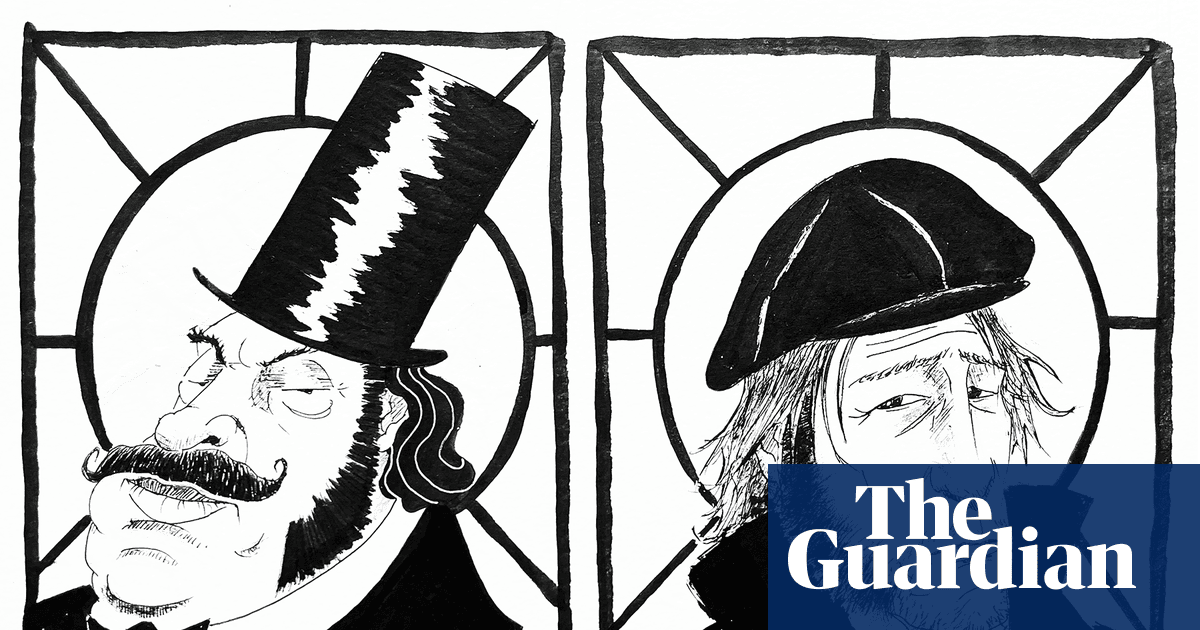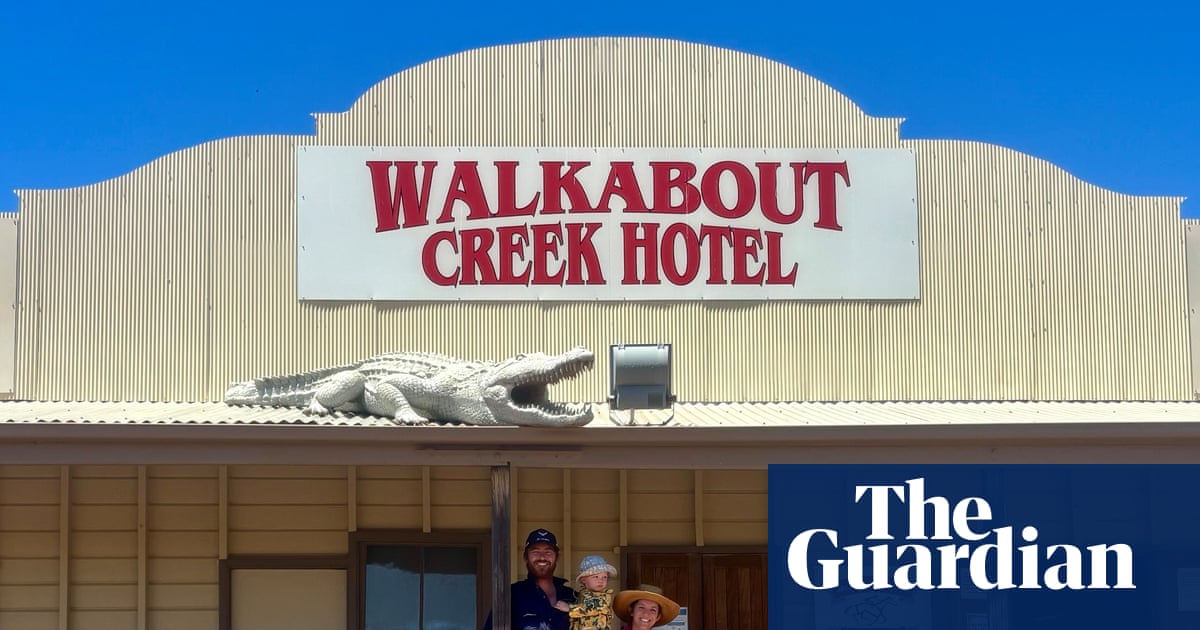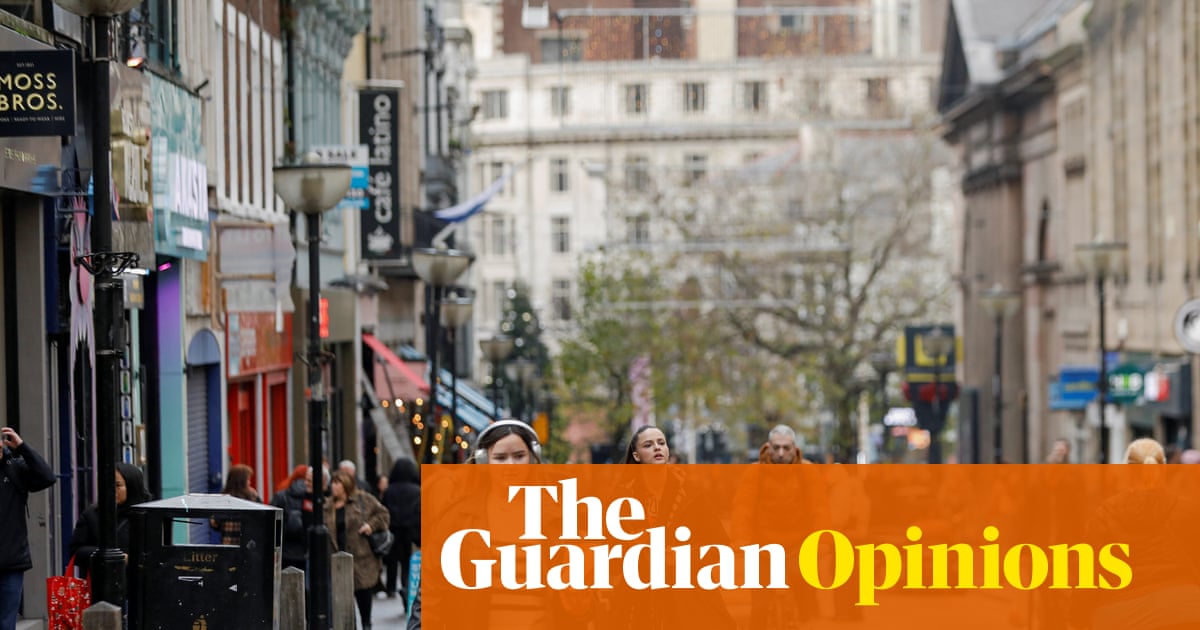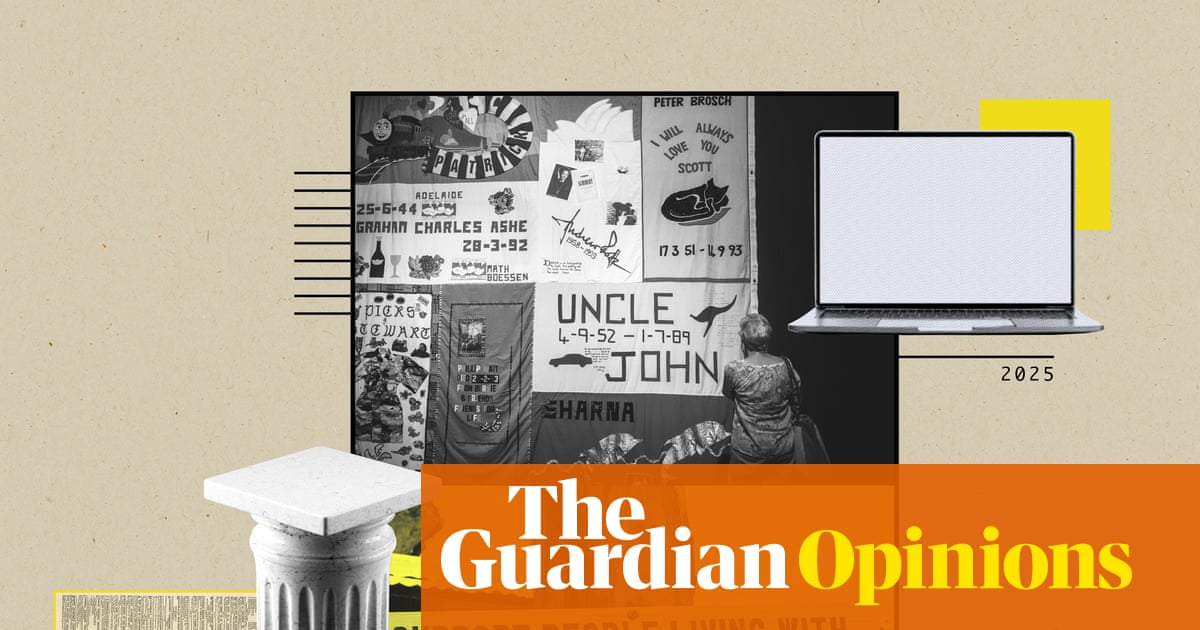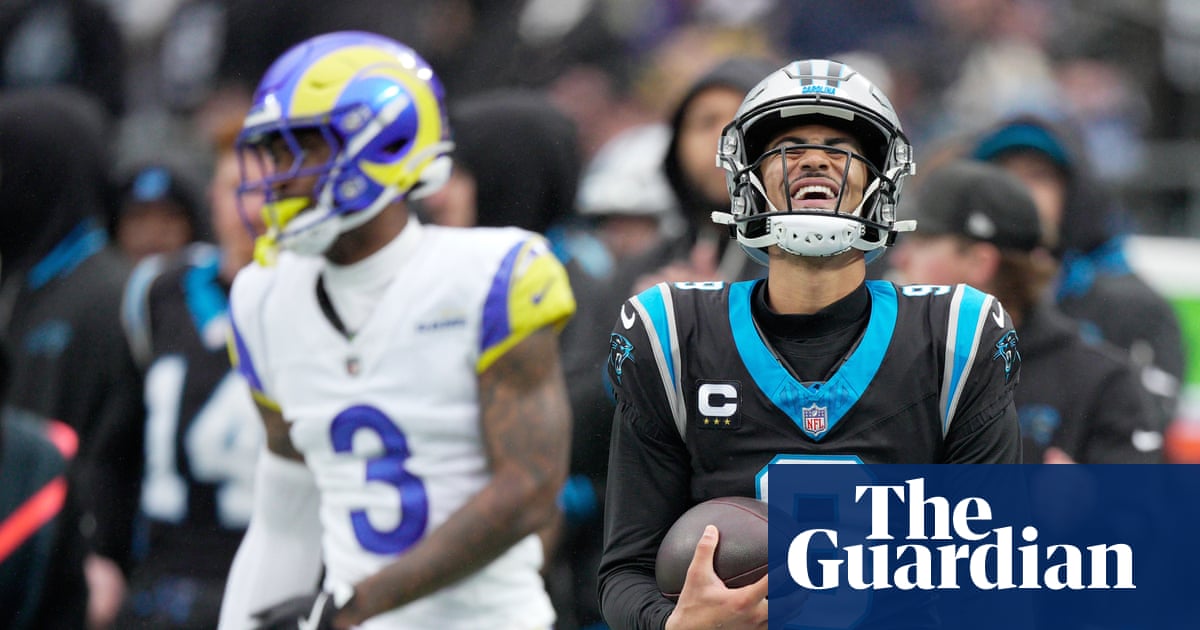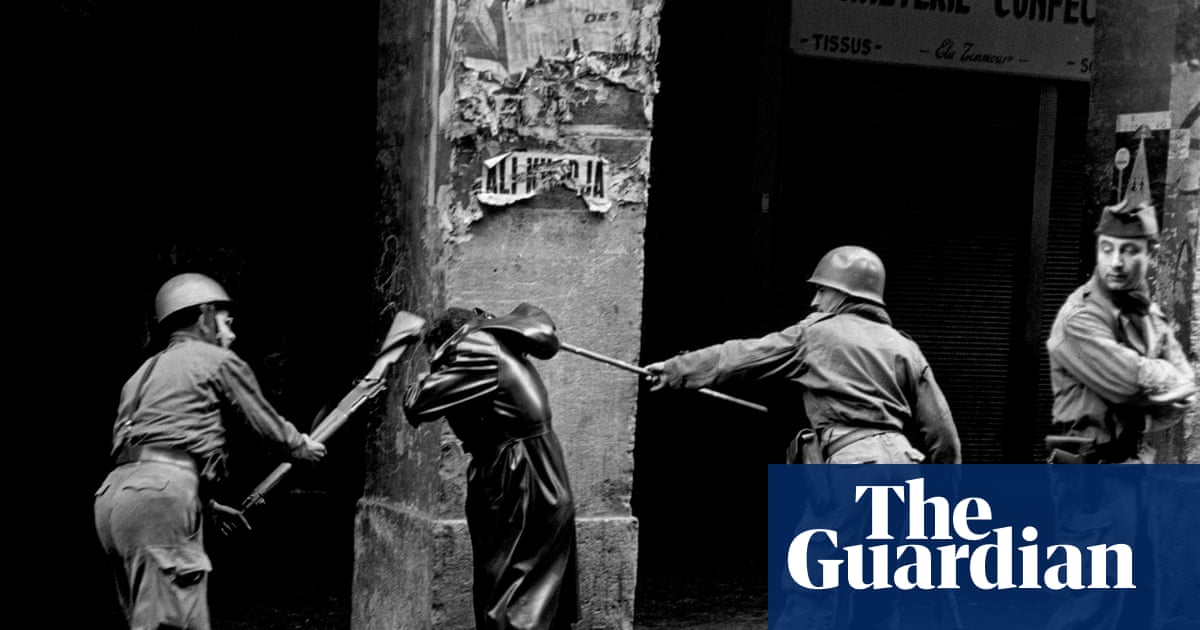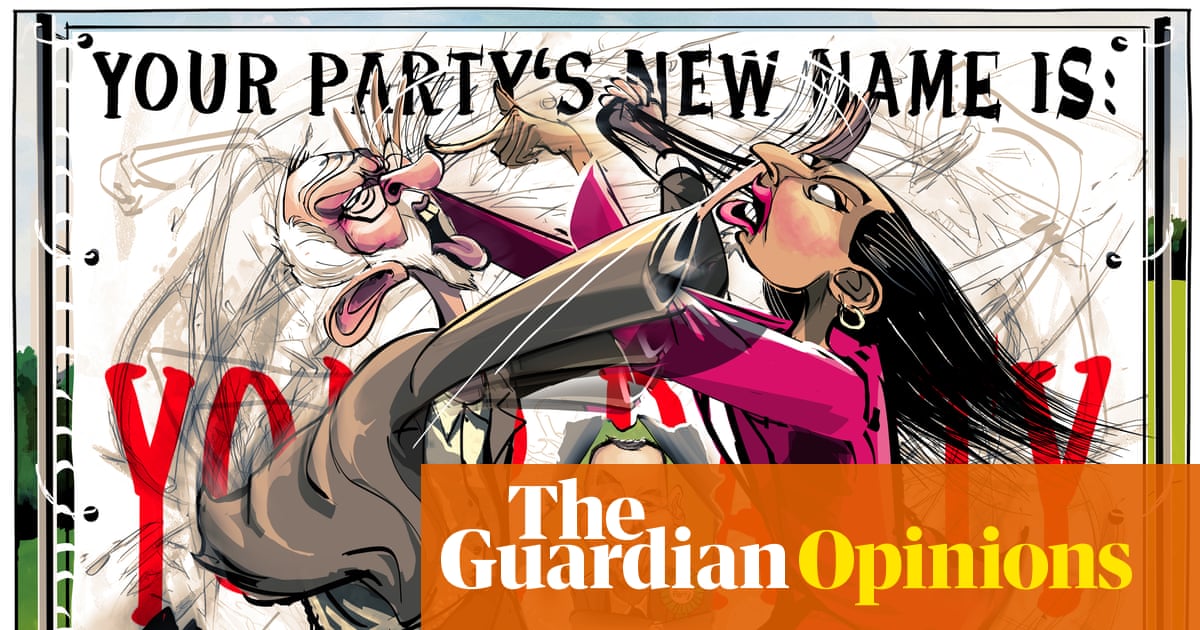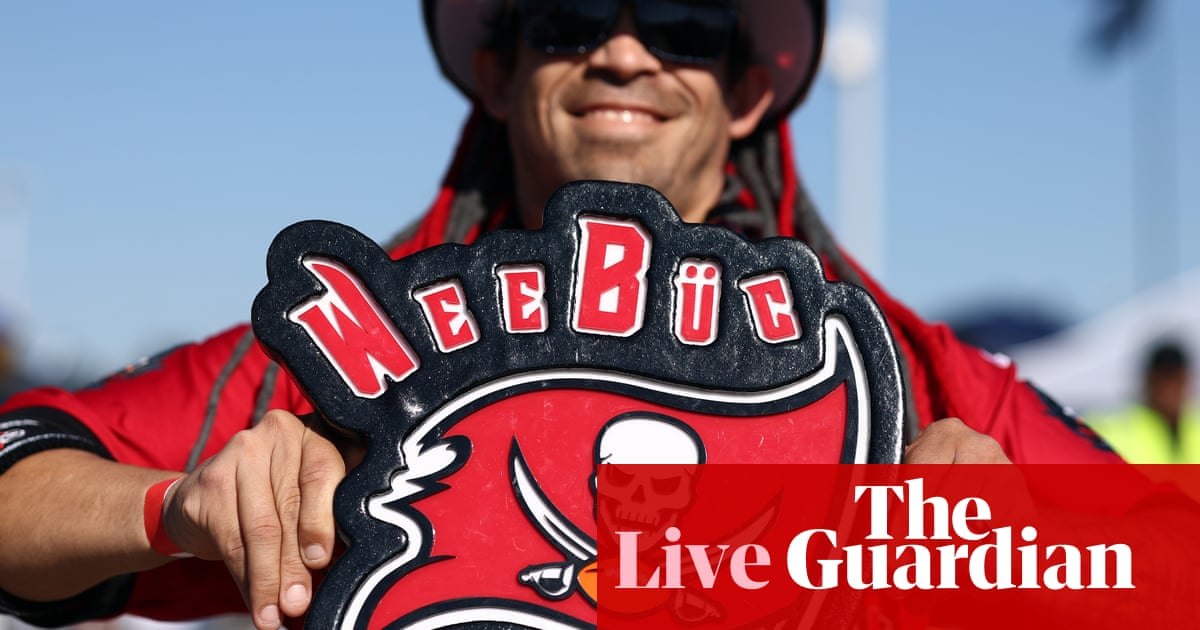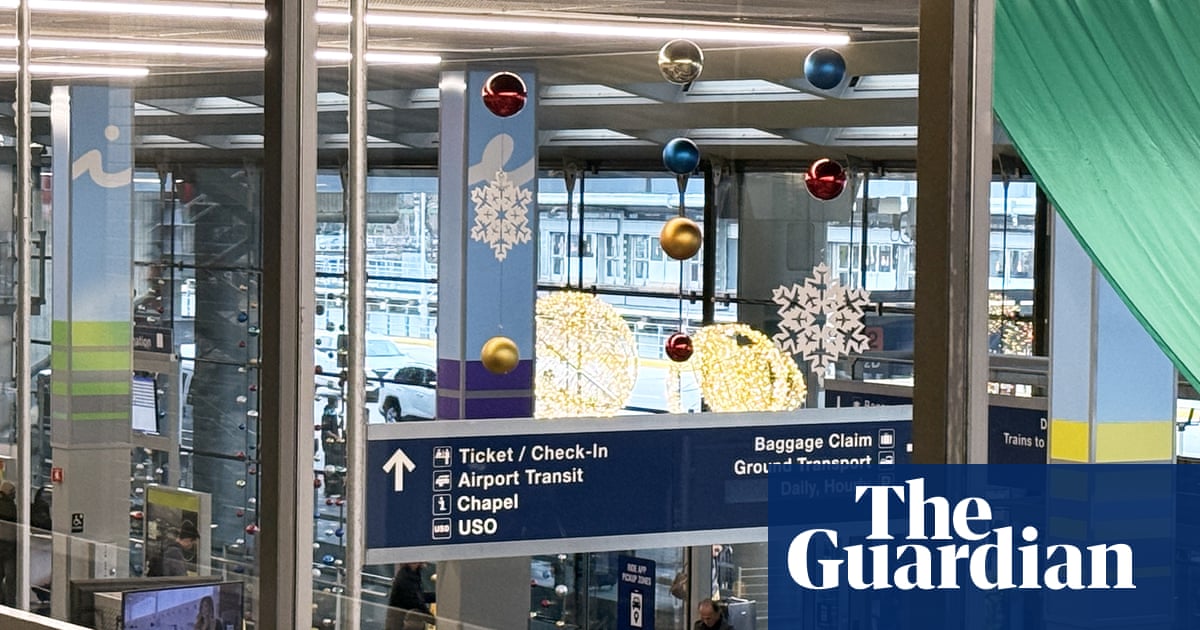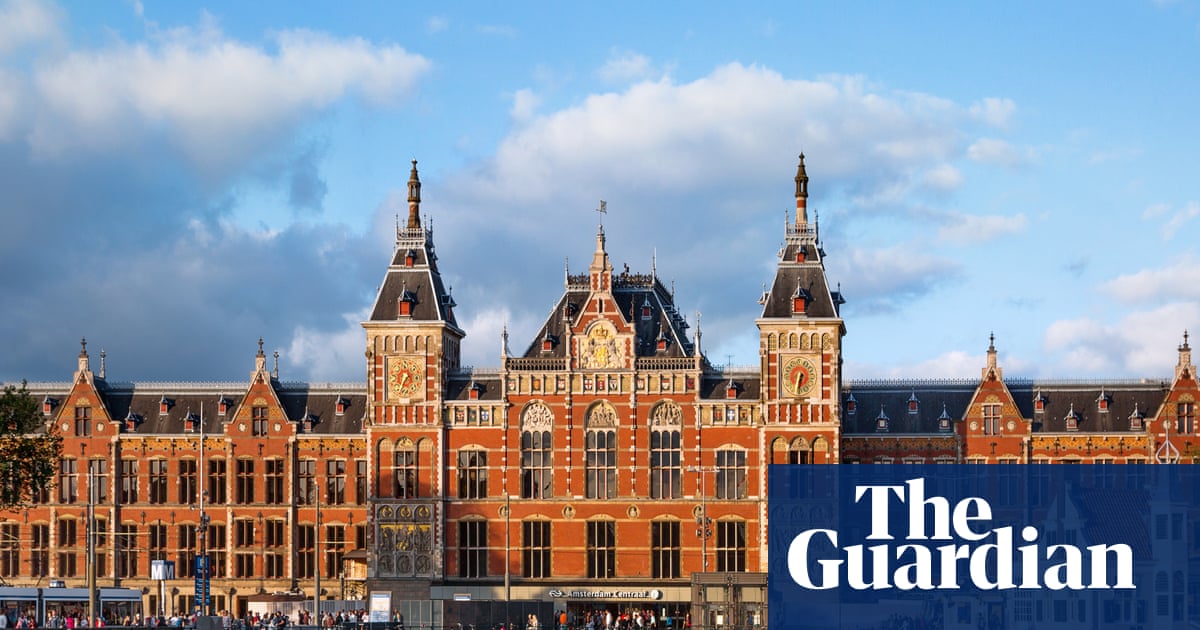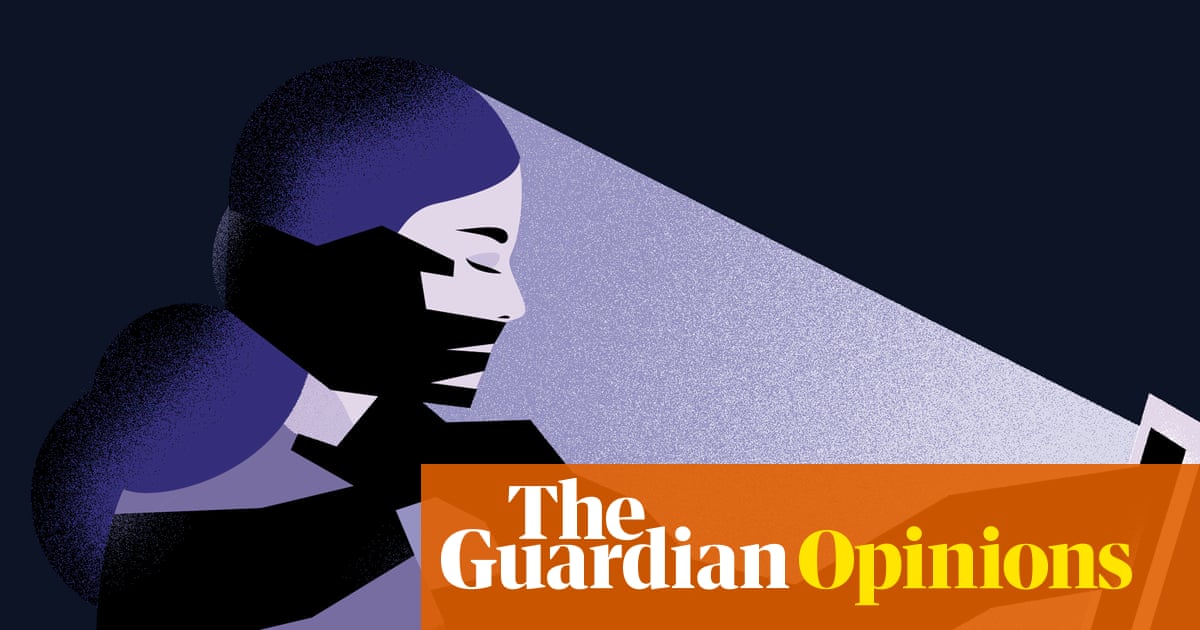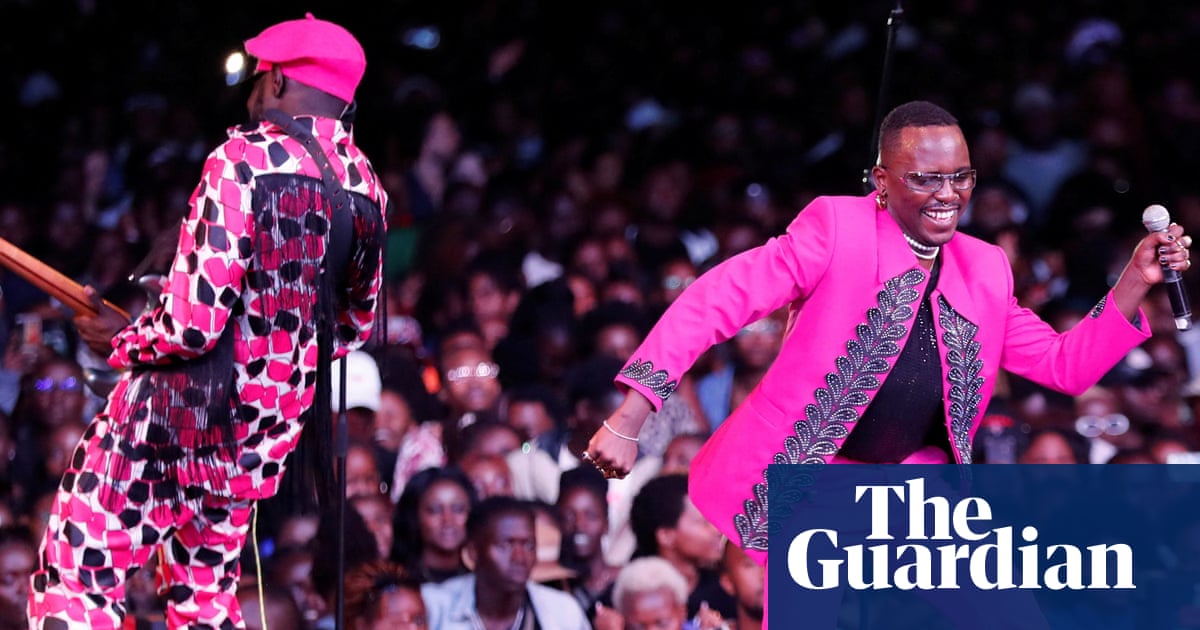Kiribathgoda, Sri Lanka
A pair of kajal (kohl) laden eyes, a colourful parandi (tassel), a soaring bird or even revered gods and goddesses – such symbols are painted by self-taught artists on to the trucks and tuks of the Indian subcontinent. All carry with them a story, personal to the individual driver, yet shared within a collective consciousness of myths, fables, faiths and traditions.
Photograph: Christopher Herwig
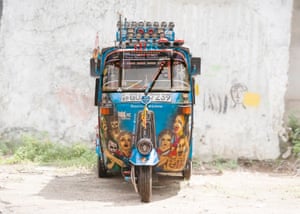
Indore, India
The average Indian goods truck covers about 300km a day, with drivers spending most of the year away from their family and friends. Provided government regulations don’t intervene, the extent to which a truck or vehicle might be decorated is unrestricted. For a driver, the truck isn’t simply a carrier of goods, but their very own dulhan (bride). Consequently, trucks are embellished with bridal symbols and cab interiors mimic bridal rooms – stuffed full of colourful fabrics, parandis, mirrors, pom-poms and tassels.
Photograph: Christopher Herwig
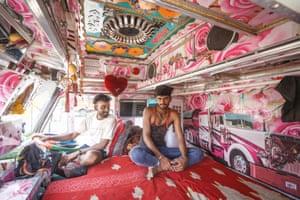
Jaipur, India
The designs reflect a driver’s identity, faith and aspirations and span a bewildering range of themes: ideals of masculinity might be intertwined with expressions of love and longing, while bold typography urges drivers to blow their horns, or promotes a campaign for the education of girls.
Photograph: Christopher Herwig
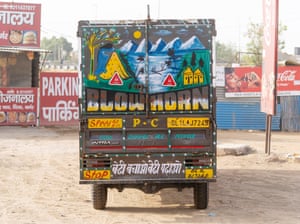
Lahore, Pakistan
Sajavat (ornamentation and decoration) has long been an essential part of everyday life across South Asia. It can be found not only on vehicles, but also adorning well-decorated homes, as in the flowering motifs of alpana (traditional folk) designs, or the heavily embroidered traditional kantha (quilts).
Photograph: Christopher Herwig

Colombo, Sri Lanka
The scale, extravagance and intention of the designs vary depending on the origins of the truck, as well as the driver’s nationality and cultural background. In parts of India, Pakistan and Sri Lanka, miniature portrayals of idyllic landscapes, such as peasants harvesting crops, or riverside vistas complete with coconut palms, are usually painted on the sides of a truck, or on small niches at the rear.
Photograph: herwig/Christopher Herwig
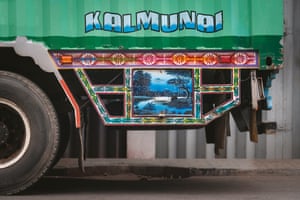
Kalimati, Nepal
Some decorations display evocative scenes from folklore or media.
Photograph: Christopher Herwig
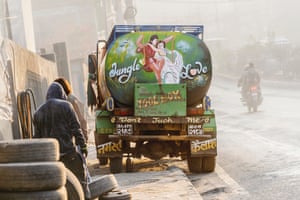
Attock, Pakistan
In Pakistan, Islamic fundamentalists belonging to the FATA (Federally Administered Tribal Areas), Swat and Dir districts constantly pressure drivers to remove human and animal imagery from the trucks, driving truck artists out of these areas and shutting down their workshops. The fear of persecution or having their cargos looted or damaged has forced drivers with painted and embellished trucks out of these regions, while new trucks, decorated in abstract, minimal designs, have replaced them.
Photograph: Christopher Herwig
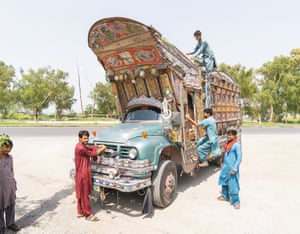
Jodhpur, India
Between the 1950s and the 1980s truck art developed considerably, encompassing popular South Asian aesthetics alongside evolving traditional motifs. This was particularly reflected in the practice of filling every inch of a ‘canvas’, inspired by the way Indian and Pakistani cinema billboards had become louder in appearance. These in turn, had been influenced by the Pop Art and psychedelic movements which had arrived from the west in the 1960s. The first vehicles to be painted in this fashion were the mini-buses of Karachi. The approach quickly transferred to local trucks, the range of decoration continually expanding.
Photograph: Christopher Herwig
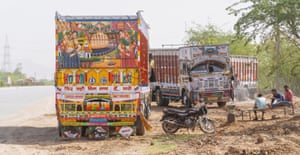
Bangladesh
The fusion of folk and popular traditions, both accidental and intentional, is significant. In rickshaw art, the ancient folk traditions of Bangladesh (which are derived from the intermingling of the Ajanta and Tibetan traditions) are combined with local designs to develop new forms of urban vernacular folk art.
Photograph: Christopher Herwig
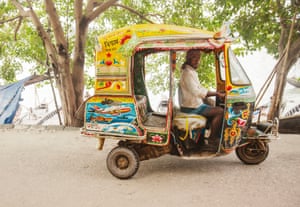
Rawalpindi, Pakistan
This use of a shared visual language is also visible in the appropriation of symbols and portraits such as those of the Sikh gurus and saints, adopted by the Muslim drivers in Pakistan, to portray their own prominent Sufi saints and ulma, scholars of Islamic law and theology.
Photograph: Christopher Herwig
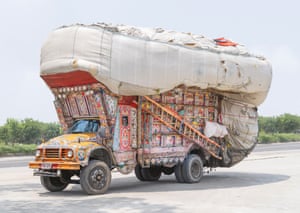
Battaramulla, Sri Lanka
Vehicle art continues to evolve in unexpected directions, incorporating and juxtaposing influences from numerous, sometimes seemingly contrasting worlds. With no formal artistic education (in most instances) many artists are taught on the job, training under an ustad (master artist). They learn to develop their individual imagination using ephemera from their immediate surroundings; posters, picture books, calendars, and so on, as inspiration. With this inexhaustible supply of material, they are able to produce new hybrids, while adding unique variations to established motifs.
Photograph: Christopher Herwig
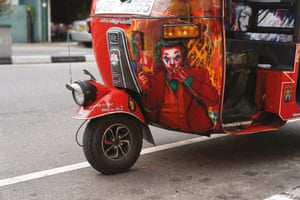
Chilas, Pakistan
At any given moment a vibrant collection of colours, poetry and totems can be found travelling the roads and highways. These living, breathing, moving metaphors traverse the narrowest of mountain turns and muddiest of tracks – the arteries that keep the Indian subcontinent alive.
Photograph: Christopher Herwig


 3 months ago
52
3 months ago
52


